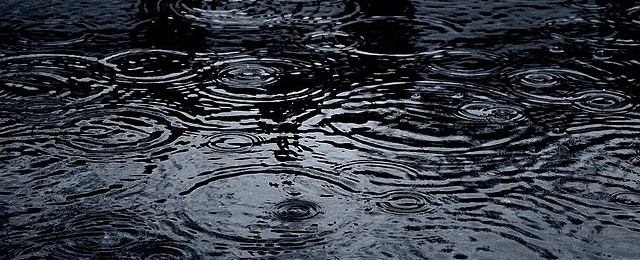-

The latest forecast for rainfall from the current combination of weather events is shown below. Note that the general pattern and amount of rain expected has not changed. The NWS is still expecting historic rainfall amounts in South Carolina and heavy rain in adjoining areas of North Carolina and Georgia. Slight changes in the weather…
-

The streamflow image from https://earth.nullschool.net this morning shows the complicated pattern that is affecting the weather in the Southeast today. The first image shows the surface wind across the Southeast, which includes the spin of Hurricane Joaquin, plus the weaker spin of Investigation 90 to the east, which has an 80 percent chance of becoming a named…
-

The Florida climate summary for September 2015 is now available at https://climatecenter.fsu.edu/products-services/summaries/climate-summary-for-florida-september-2015.
Posted in: Climate summaries -

The 11 pm forecast track for Hurricane Joaquin shows the tendency toward moving the track east is continuing, with the latest track now holding the center of the storm well off the East Coast as it travels north. This will result in less hurricane-based impacts from the storm in the Southeast. The 10:30 pm infrared NOAA…
-

As of 2 pm, Hurricane Joaquin is now considered a dangerous category 4 hurricane with winds of 130 mph battering parts of the Bahama Islands. The latest projected path keeps it off shore, although there is still a lot of range in what the models are predicting. However, the strong flow around the storm directing…
-

The State Climate Office of North Carolina has released their latest climate summary for September 2015. You can find it at https://climate.ncsu.edu/climateblog?id=155&h=5666e5c1.
-

October 1st marks the beginning of the water year. What is the water year? Here’s an answer from the CoCoRaHS web site at https://www.cocorahs.org/Content.aspx?page=mod&mod=1: “The water year is the best consecutive twelve months that span the “water storage/water usage” hydrologic cycle. The water year cycle is particularly obvious in the Rocky Mountains and western U.S.…